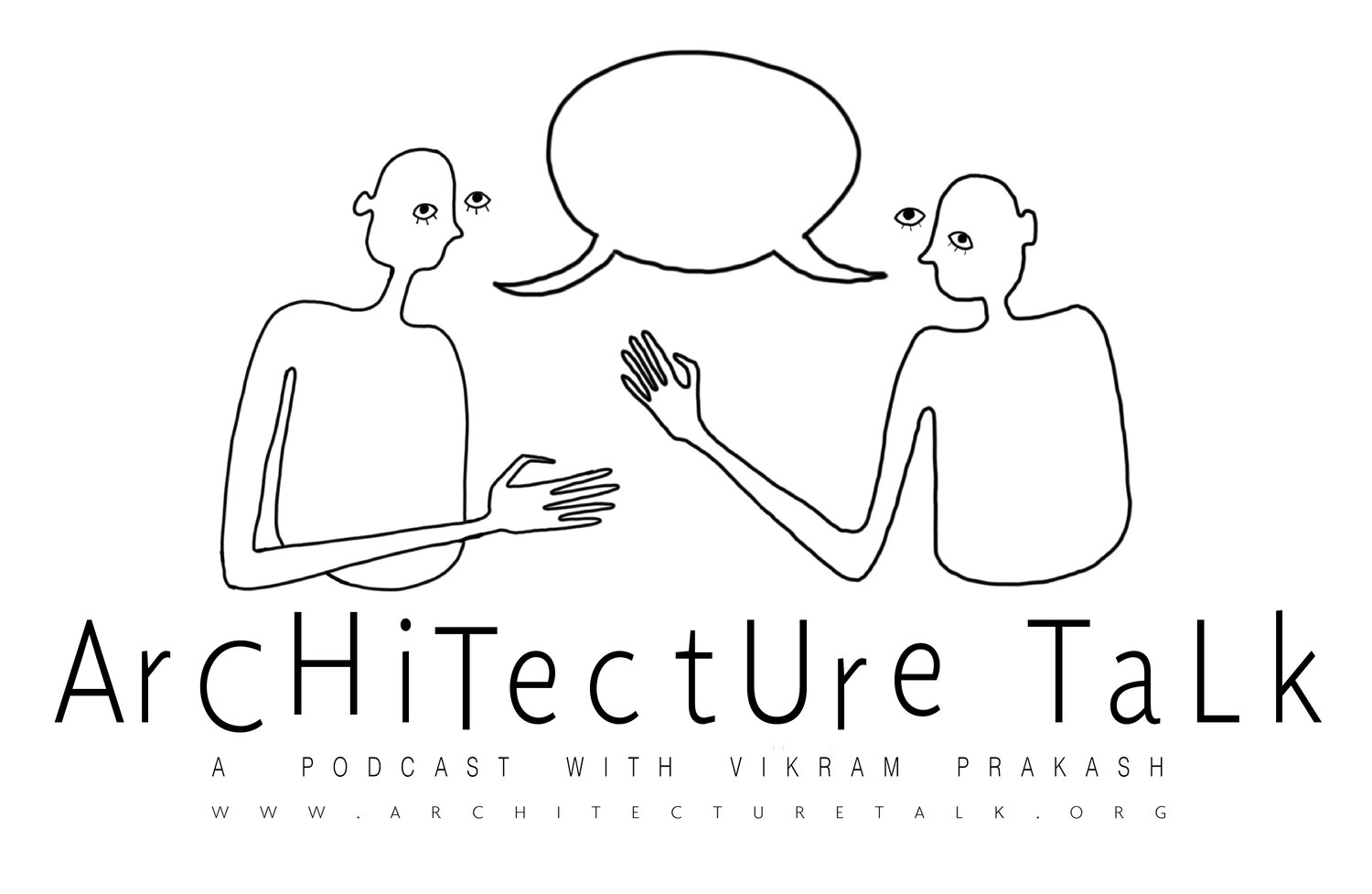18: Camels, Horses and Other Technologies of Global Communication with Shundana Yusaf (GAHTC)
““There’s a radically different relationship to knowledge today which is intolerant to other forms of knowledge.””
Camels, ships, roads, railways, electricity...This week we talk with Shundana Yusaf, Assistant Professor of Architecture at the University of Utah, and discuss the concept and approach to her fascinating co-authored GAHTC module about architecture and the technologies of transportation and communication. Her research has looked at topics as rich and wide ranging as the BBC and Empire in the age of wireless communication as well as Sufi shrines and hyperconnectivity.
Timestamp Outline
1:04 Technologies of Movement and Communication GAHTC module with Mrinalini Rajagopalan, Itohan Osayimwese, Shundana Yusaf, Peter Christensen
2:37 A feminist practice: what are the threads that connect the personal narrative with the intellectual contentions in the module?
3:07 A Pakistani woman from the land of the old Gandhara civilization, Khyber Pakhtunkhwa region to Pakistan National College of the Arts to Harvard, MIT and Princeton
5:50 Two types of movement: across space and time, and the physical movement of transportation
7:36 Technology as a way to get out of Eurocentric history telling
10:36 The camel in Sub Saharan Africa
11:47 The invention of the Arabian saddle produces monumental Islamic architecture: Petra, Kaaba, Mecca
12:48 “The mentality that each technology brings is radically different than one another,” ie. horse culture vs camel culture
15:11 “I insist that architectural education today is very much a colonial enterprise. Architectural education today is a model of modernity which is from the Western, white, male notion of the profession.”
15:38 The invention and usefulness of the wheel in Central Asia vs Sub-Saharan Africa
16:20 2 notions of time and the wheel in architectural practices: Roman hippodromes vs temples in India
17:01 “Modern ways of thinking today is only one form of thinking among many alternative ways of thinking about reality, about truth, about man’s relationship to nature, man’s relationship to man, women’s relationship to children; there are all these alternative models.”
18:00 Camels enable women as producers of architecture: the lightweight mobile architecture of Arabian and African tents
22:03 Nomadic knowledge systems and relationship to nature, energy and environment: International Space Station, containerization, and terminal built by SOM vs women’s Baktiari or Tuareg tents
26:08 “There's a radically different relationship to knowledge today which is intolerant to other forms of knowledge.”
28:36 Lecture 4: the Camel and the Horse
29:51 Notions of death, cycles, stasis, landscapes and the architecture of the dead vs living in cultures of nomadism: yurts/gers, kurgans, stellae
36:18 Global ideas of the mound in Christianity, Islam, Buddhism, Mayans, etc
40:04 A bigger conversation than “modernity vs tradition”
43:05 Lateral learning and ethics in the architectural education: “We need to pluralize.”







